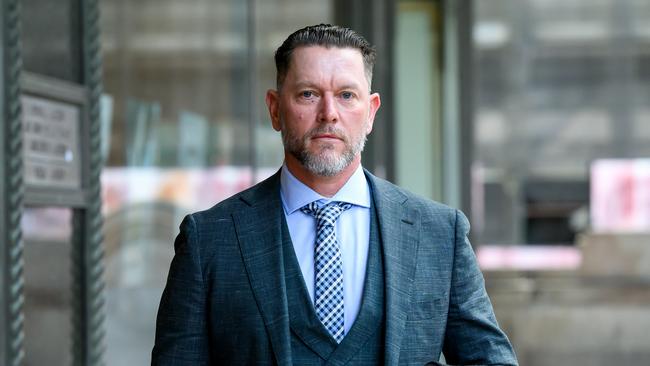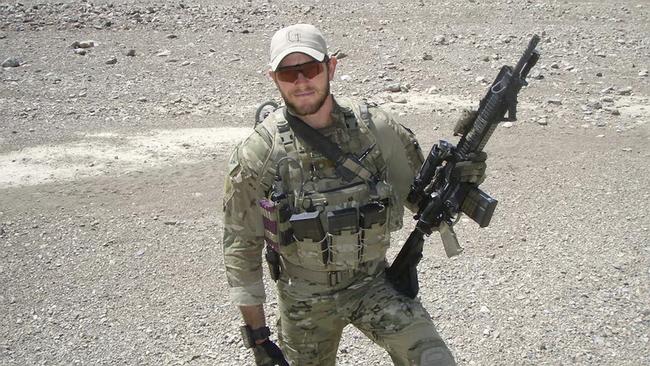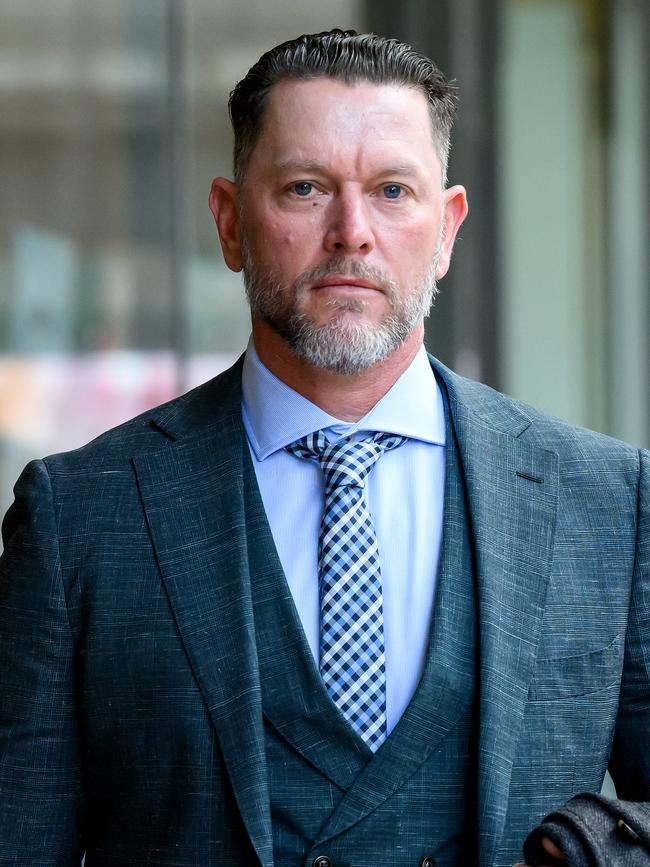Military witness called in war-crime accused SAS hearing
A military veteran deployed to Afghanistan has been quizzed about his recollection of the day the crown alleges former SAS soldier Oliver Schulz unlawfully killed a local farmer, including whether he saw, or heard of, anyone planting objects on his body.

A military veteran deployed to Afghanistan has been quizzed about his recollection of the day the crown alleges former SAS soldier Oliver Schulz unlawfully killed a local farmer, including whether he saw, or heard of, anyone planting objects on his body.
The man, who was on rotation with the Australian Defence Force in 2012 in Afghanistan, appeared in the witness box at Sydney’s Downing Centre Local Court on Tuesday.
The soldier, who cannot be named for legal reasons, told the court the day Dad Mohammad was shot dead – May 28, 2012 – did not “stand out” in his memory.
“A lot of that tour, including the previous one, became all one big mesh,” he said. “Other than what I said previously about seeing the media, and some of the footage, I don’t recall much from that day.”
Mr Schulz was charged with the war crime of murder in March 2023 after footage emerged of the alleged shooting.

On Tuesday, crown prosecutor Sean Flood SC asked the soldier whether he saw anyone with an Icom radio. The man said he couldn’t recall.
He was then asked whether he knew what the term “throwdown” meant, which is known to be the act of planting weapons or other equipment on a body, often to support the narrative that a killing was legitimate. The practice was referred to in the 2020 Brereton report into allegations of war crimes in Afghanistan.
The man said he’d “heard the term before” but not prior to the end of his rotation with the ADF.
According to previous reporting, investigators were told the Afghan man was found dead with a radio on him.
A summary report also stated that before he was killed, Mohamed was “tactically manoeuvring” and displayed “hostile intent”.
“On May 28, 2012, did you see Mr Schulz shooting an Afghan male?” Mr Flood asked. “No,” the man responded.
“On May 28, 2012, did you have any role to play in relation to sensitive site exploitation that occurred?” Mr Flood asked. “I don’t recall, no,” the man responded.

“During rotation 17, did you ever witness anyone placing an object that hadn’t been found on a deceased person near that person before photographs were taken?” Mr Flood asked. “No,” the man responded.
“During rotation 17, did you hear any conversations about objects being placed next to the body of the deceased person from May 28, 2012, after he was shot but before photographs were taken?” Mr Flood asked. “No,” the man responded.
Previously, the man said a certain piece of communication passed from the electronic warfare team on the ground through the radio to headquarters was provided on a “piece of paper”.
“On May 28, 2012, did you know if all of the communications you were sending via satellite were being recorded in some way back to base?” Mr Flood asked.
“Yes,” the man responded.
The man will continue his evidence on Wednesday.



